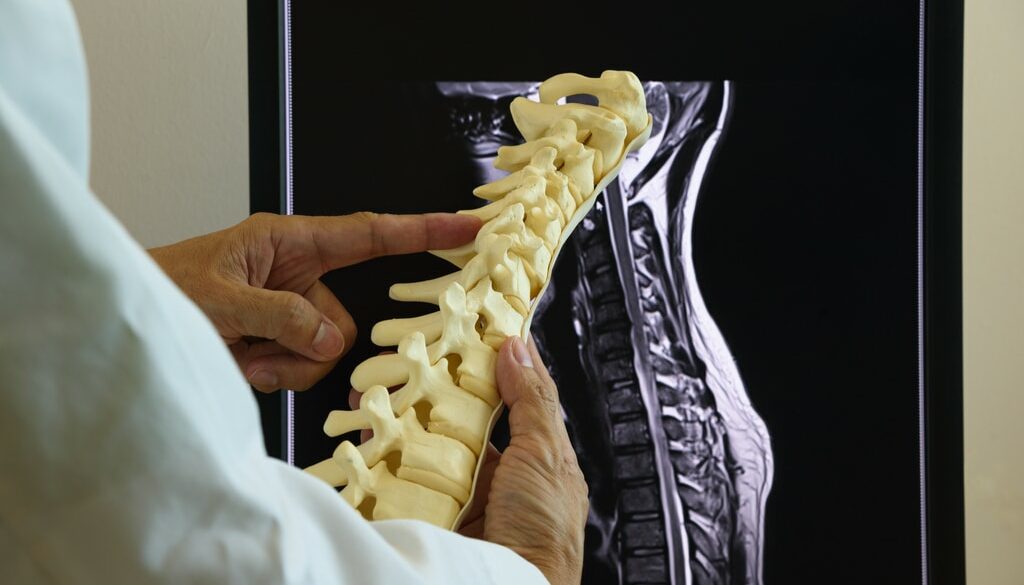Not known Details About Axis Spine And Orthopedics
Not known Details About Axis Spine And Orthopedics
Blog Article
See This Report on Axis Spine And Orthopedics
Table of ContentsAxis Spine And Orthopedics Can Be Fun For AnyoneWhat Does Axis Spine And Orthopedics Mean?Some Ideas on Axis Spine And Orthopedics You Need To KnowAxis Spine And Orthopedics for Dummies
An orthopedic specialist is a doctor that specializes in treating issues of the bones, joints, and connective cells, and guaranteeing you keep a healthy bone and joint system., we have actually very certified orthopedic specialists that are capable of dealing with individuals of all ages. I got entailed in study during my very first year of clinical institution, and I began making connections with orthopedic doctors early on.
Talk about the post-operative treatment plan with your specialist. Set up for transportation to and from the health center on the day of surgical procedure.
The Ultimate Guide To Axis Spine And Orthopedics

Your medical professional will certainly give plenty of details concerning post-operative treatment, consisting of just how to stay clean and keep the medical area clean. Adhering to these suggestions can prepare you physically and emotionally for your orthopedic surgical treatment. Keep in mind to keep a positive expectation and trust your medical group's experience, contributing to a smoother recovery procedure.

Nobody anticipates you to understand anything, so do not try to memorize a number of random realities. Otherwise, joint pain can truly mess up your life.
Usual problems treated by orthopedic specialists are: Fractures and Bone Trauma: Broken bones and various other injuries from mishaps or impacts. Bone Cancer: Lumps in the bones. Orthopedic Trauma: Extreme injuries affecting bones, joints, or soft cells.
Sprains and Stress: Injuries to ligaments and muscular tissues. Tendinitis: Inflammation of the ligaments. Orthopedic surgeons perform a range of procedures to help individuals with bone and joint concerns. Usual examples are knee and hip replacements. Joint Restoration: Rebuilding a harmed joint to restore its feature. Bone Grafting: Taking bone from one part of the body and transplanting it to another location to repair and rebuild damaged bones. Reconnecting Nerves: Repairing broken nerves to restore activity and feeling. Spine Disk Replacement: Replacing a damaged back disk with a man-made one to eliminate pain and recover function. You'll need to take and pass the Medical College Admission Examination( MCAT). This standardized examination evaluates your understanding and skills required for success in clinical school. Clinical institution is an intense

4 Easy Facts About Axis Spine And Orthopedics Shown
Next, they complete an orthopedic residency. It's commonly 5 years and offers hands-on understanding in a medical setting. Visits frequently include: Discussing your signs, medical history and lifestyle.
Treatment referrals. Some conditions need extra imaging, like a CT check or MRI for more thorough views of the unpleasant area. Your orthopedist will suggest treatments to decrease signs till you obtain a diagnosis. Orthopedic doctors focus on nonsurgical and medical methods. For specific kinds of orthopedic trauma or hereditary conditions, surgical treatment is commonly the very first line of therapy. For many other problems, orthopedists try nonsurgical treatmentsinitially. It may take more than one kind of therapy to attain enduring relief. Picking the right is crucial for effective surgical results and boosted client recuperation. With a variety of alternatives readily available out there, it can be frustrating for both cosmetic surgeons and clients to make an informed choice. The leading 5 elements to take right into account when selecting an orthopedic implant are surgical compatibility, cost-effectiveness, factors to consider for modification surgery, patient-specific aspects, and the design and advancement of the dental implant. They can be found in different shapes, dimensions, and materials, each serving a particular purpose based on the person's needs. Understanding the basics of orthopedic implants is important prior to diving right into the decision-making process. One of the leading factors to consider when choosing an orthopedic dental implant is its compatibility with the surgical treatment. Various implants are designed for numerous medical strategies and techniques. The orthopedic implant ought to be specifically designed to fit the patient's composition and make certain security throughout the healing process. Surgical compatibility includes variables such as implant dimension, shape, and material. The success of orthopedic procedures depends greatly on the proper selection and positioning of implants that work with the individual's makeup and medical background. By prioritizing client safety and security and health, orthopedic specialists can achieve successful end results and supply the finest quality of like their individuals. Cosmetic surgeons need to thoroughly think about the biomechanical homes of the dental implant and exactly how it will certainly incorporate with the person's bone framework. This will contribute to better surgical results, lowered problems, and shorter healing time. When selecting implants for a client, it is important to consider a selection of patient-specific aspects that can affect the success and outcome of the treatment. These aspects incorporate the person's age, bone high quality and quantity, oral health and wellness standing, case history, way of living practices, and aesthetic choices. For older people with jeopardized bone thickness, much shorter implants or grafting procedures may be beneficial to give the necessary security and assistance. 3. Is the dimension of the orthopedic dental implant an important factor to consider? Just how does it influence the surgery and the person's recuperation? Yes, the dimension of the implant is important as it needs to match the individual's framework for proper fit and capability. 4. Can the individual's age and lifestyle contribute in choosing one of the most suitable orthopedic implant? Absolutely. Exactly how does the cost of an orthopedic implant element into the decision-making process, and exist means to balance quality with affordability? The price of the implant is a vital consideration, however it must not be the single determining variable. Balancing quality with cost entails considering various implant options 'long-lasting advantages and possible complications. Report this page